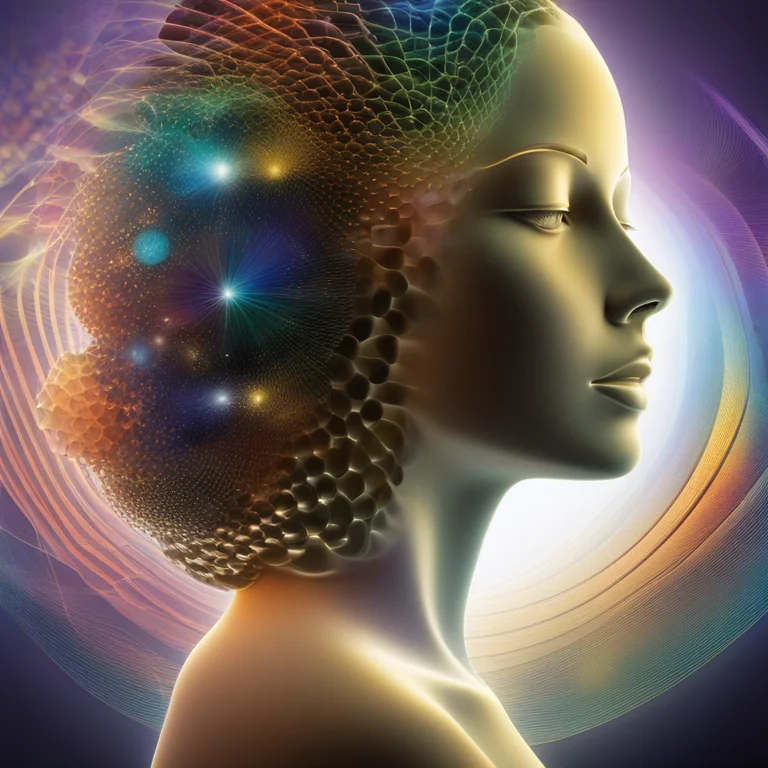
Motion's Serene Trace: The Journey of Meditative Movement
Discover the transformative power of motion-based meditation practices for inner peace and enhanced mindfulness. Join us in harmonizing body and spirit.
article by Hina Kurosawa
Merging Movement with Mindfulness
Meditation, often characterized by stillness and silence, surprisingly finds a dynamic counterpart in movement. 'Meditation in motion' is not a new concept but has gained traction as individuals seek mindfulness in their active lives. This form of meditation is the art of grounding one's awareness in the present moment while engaging the body in deliberate, often rhythmic motion. Whether it be through forms of martial arts like Tai Chi, yoga sequences, or even walking, the essence lies in mindful movement, synchronized with breath and intention.

The Science Behind Active Meditation
Recent studies in neuroplasticity suggest that meditative movements affect our brain's structure and function. Performing tasks mindfully promotes concentration and a state of mental clarity. Researchers in 2024 suggest that certain endorphins released during physical activity enhance this effect, deepening the meditative state. Furthermore, the repetitive nature of movements can lead to a natural state of trance, facilitating a deeper connection between mind and body.

Embodied Meditation Techniques
Embodied meditation techniques are diverse, each catering to individual preferences and abilities. For instance, the fluid movements of Qigong, a traditional Chinese health practice, emphasizes energy flow or 'Qi' through the body. On the other hand, dance meditation encourages freeform expression and release of emotions. While the methods vary, they all harness the meditative quality of movement to foster physical and emotional well-being.

Integrating Motion Meditation into Daily Life
Incorporating meditation in motion into your daily routine is not as daunting as it may seem. Beginning with just a few minutes a day can set a powerful tone for cultivating mindfulness. Even simple activities like walking can become meditative by focusing on the sensation of your feet touching the ground and the rhythm of your breath. Over time, as one becomes more attuned to moving with awareness, these practices seamlessly blend into everyday life.
Benefits Beyond the Physical
The benefits of meditation in motion extend beyond the physical domain. It's known for calming the mind, reducing stress, and improving emotional regulation. Reports from 2024 affirm its effectiveness in alleviating symptoms of anxiety and depression through the mindful release of tension. Practitioners often report a profound sense of peace and connection with their surroundings, indicative of the practice's impact on psychological health.
Guidance for Beginners
For those new to motion meditation, guidance from experienced instructors can be invaluable. With innovations in virtual reality and augmented reality technology in 2024, access to virtual sessions provides flexibility and convenience. Moreover, community classes offer the added benefits of shared energy and collective practice. Whichever format one chooses, the key is to proceed with patience and self-compassion, allowing one's practice to evolve organically.
Cultivating a Personal Practice
As one delves deeper into the journey, personalizing the practice becomes paramount. With time and experience, practitioners can tailor their routines to fit personal needs and preferences. Whether it's choosing the most resonant form of movement or setting a specific intention for each session, making the practice your own is where its true power unfolds.
Published: 1/9/2024
Modified: 1/9/2024
More predictions
Come back here soon to learn more about yourself and your future


The Harmony of Meditation & Sleep
Discover how meditation enhances sleep quality and overall well-being through mindful practices and relaxation techniques.


Retreat Into Serenity: A Guide to Meditation Getaways
Discover the transformative power of meditation retreats and how they can rejuvenate your mind, body, and soul.


The Tranquil Bridge: Meditation's Impact on Sleep Quality
Discover how meditation can enhance sleep quality, weaving a path to better rest and well-being